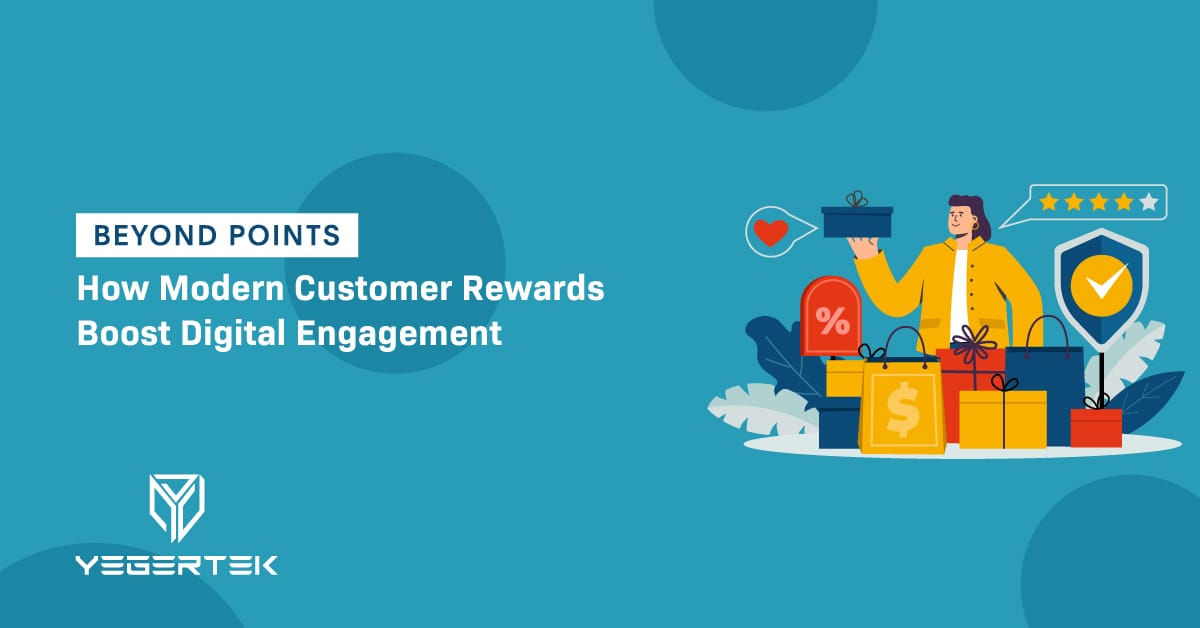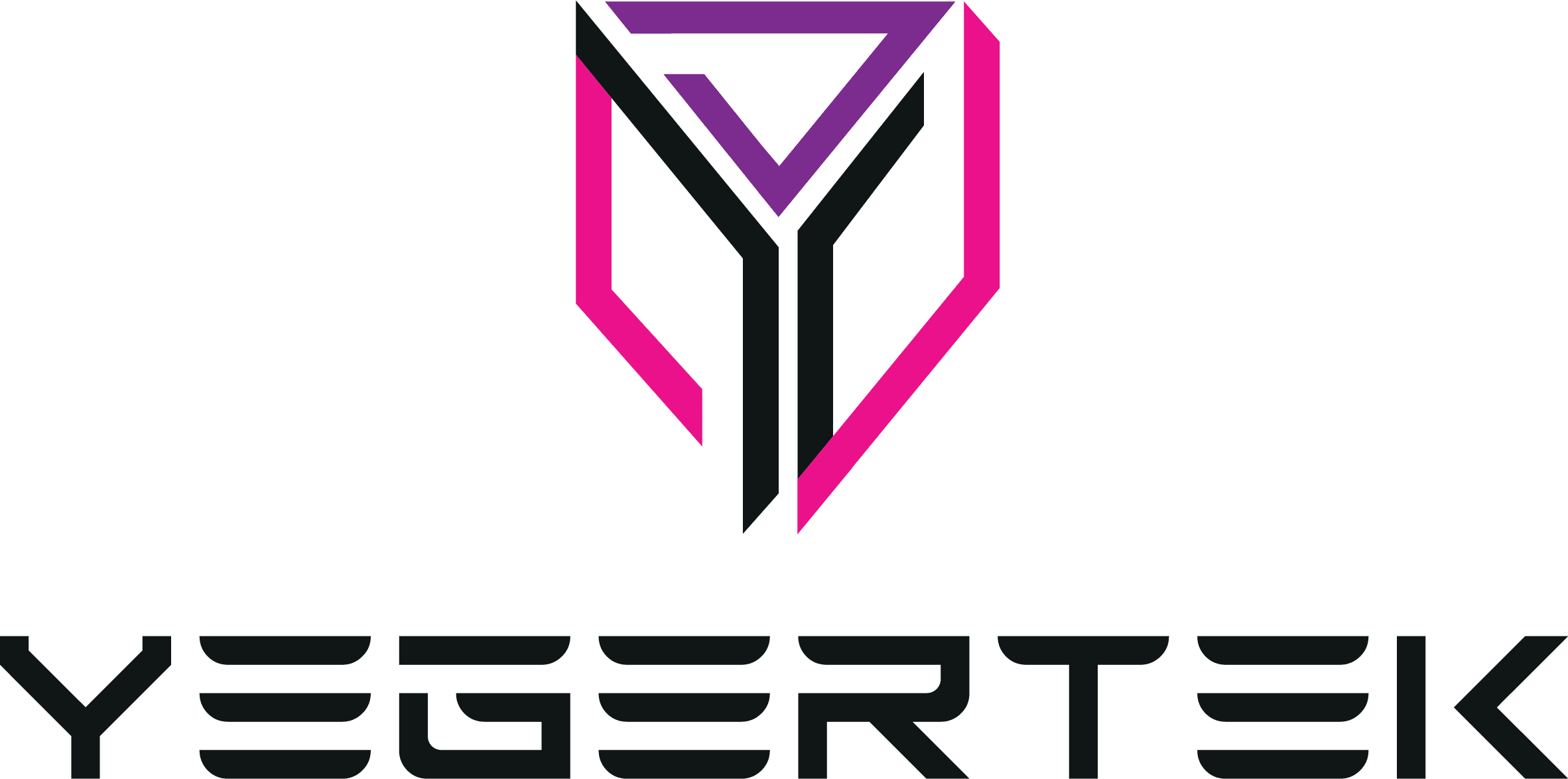
Gone are the days when you could make your customers happy with simple point based reward programs. Today’s modern shoppers expect more personalized, meaningful, and experience based reward programs that would make every purchase feel worthwhile. They don’t need another point with every dollar spent, they want their shopping experience to be more fun and customized to their preferences.
That’s where modern loyalty rewards like tokenized rewards come into the picture, delivering flexibility, ownership, and real value to customers. These rewards are transforming how brands engage with their customers in the long term, but like any modern tech, they are not without challenges.
In this blog, we will try to understand how modern customer loyalty programs are helping brands boost digital engagement across the entire customer journey, and how you can adopt the same for your brand.
Where Traditional Reward Points Fall Short
Traditional reward points are very basic. You spend a dollar, you get a point, and over time you collect enough to exchange them for a free product or service. Can you use them at gas stations? No. At fast food chains, maybe? Not really. One of the biggest drawbacks of traditional reward points (and essentially the one that made them lose popularity) is that these points are bound to one business and come with an expiration date. Your hotel points won’t buy you a meal, and your airport points won’t get you an aisle seat. With that said, traditional reward points don’t engage customers along their customer journey, nor do they increase engagement.
They lack customization, and are mostly meaningless in their existence, except of course if you have it in you to collect enough of those for a freebie. Traditional reward points programs have zero emotional connectivity with the customers, and essentially become meaningless once the brand decides to increase the level of redemptions. Above all else, they lack the most basic requirement of a customer loyalty program, i.e., organic interactions with the customers. With reward points, it’s simply EARN, REDEEM, REPEAT.
Modern reward programs, such as tokenized rewards, offer a more personal experience to customers, all while being redeemable just about anywhere.
(Also Read: Retail Loyalty Programs: How to Choose the Right Solution for Your Brand)
Tokenized Rewards: A Modern Take on Customer Loyalty Programs
Before we dive deeper into how modern reward programs boost customer engagement, let’s try to understand the very basics of these modern customer loyalty programs, more specifically, tokenized rewards programs.
So, what are tokenized rewards? These modern reward programs utilize blockchain technology instead of traditional points, coupons, or cashback. While earned the traditional way, these points offer a more personalised and meaningful experience to customers, helping brands engage customers more efficiently and more directly. The best part about tokenized rewards, and the one that sets it apart from traditional point based loyalty programs, is that these rewards are not bound to a single merchant, and can be redeemed just about anywhere. So you could have earned a reward token at a cafe and can easily redeem it across the street at the bookstore.
Built on blockchain technology, tokenized rewards offer a decentralized record for rewards. This ensures that every transaction is open and fixed, making it perfect for constructing customer loyalty rewards. This decentralization also makes tokenized reward programs universally acceptable. Which means you can trade these tokens for other tokens or even spend them anywhere in the ecosystem of partners.
But how do these tokenized rewards increase customer engagement?
How Tokenized Rewards Boost Customer Engagement
As understood above, tokenized rewards go beyond the limitations of the traditional points system, giving customers the opportunity to engage with the brand in a more personalized way. Here’s how they boost customer engagement throughout the customer’s journey-
Flexibility
These modern rewards allow customers to use the earned tokens anywhere throughout the partner network, trade them for other tokens, or save them for use later, as per their requirement, thereby offering much needed flexibility.
Bonds of Community
When you start collecting and using tokenized rewards, you get to be part of exclusive groups that socialize based on loyalty. This builds lasting bonds of community and enhances the overall experience.
Ownership
One of the major advantages of using tokenized rewards is the feeling of ownership that the customers get. These rewards stay locked into the blockchain and do not go away even if the program ends, thereby creating a sense of trust.
Cross Business Usage
Another reason why customers love using tokenized loyalty rewards is their cross brand usability. Unlike traditional reward points, which could only be redeemed at the business offering them, tokenized rewards offer customers the ability to transfer or trade the token across different businesses.
Potential for Growth
Tokenized rewards have often been seen to grow in value, with some seeing a significant rise in value with the rise in participation. This helps in keeping the customers engaged and creates a sense of excitement.
Brands Using Tokenized Rewards to Boost Engagement
With so many benefits attached to them, tokenized rewards are gaining popularity among various brands as a modern way to engage with customers while rewarding them for their loyalty. Here are some examples of popular tokenized rewards offered by different brands –
Nike’s “Cryptokicks”
Nike uses blockchain tech and a tokenized reward system to generate Nike Tokens and their patented ‘Cryptokicks’. Redeemable for exclusive products or discounts, these tokenized rewards have opened options for the brand to explore potential NFTs, to offer limited-edition goods to their customers.
Starbucks Odyssey
Starbucks launched its own tokenized reward program using blockchain, rewarding customers for trying new flavours or simply for bringing in repeat business. These tokens can either be redeemed for different products or traded for NFTs.
Ford
Ford, too, has been experimenting with tokenized reward programs, offering their customers FordPass Points, which can be collected and redeemed for tangible rewards like vehicle servicing or during the purchase of a new vehicle. These rewards can also be traded in for crypto based rewards, making them widely usable.
The Challenges
Just like any other modern technological innovation, tokenized blockchain rewards come with their own challenges, because no tech is entirely perfect. While blockchain technology can sometimes seem overwhelming to new users, the biggest challenge with tokenized rewards is the lack of rules around digital assets. With world governments still catching up, the legal guidelines and consequences have not yet been understood, which makes the entire process of generating and holding rewards ambiguous.
Another issue is that of scalability. Blockchain tech is very slow, and where there is more traffic to deal with, it gets even slower, bringing everything to a crawl. But when you place these challenges against the many advantages that tokenized reward programs have to offer, they just seem short-term. With tokenized loyalty rewards, you get freedom, flexibility, ownership, and so much more.
Final Thoughts
Shifting from traditional point based rewards to tokenized rewards helps businesses solve 3 major problems: expiration of points, rigidity in usage, and boredom. As consumer needs and expectations change, so must the customer loyalty programs employed by brands to reward their clients. By leveraging blockchain technology, you get to offer a modern, flexible, and meaningful loyalty solution that aligns with the changing expectations of your customers, all while allowing you to boost engagement with them.
Tokenized rewards represent the next generation of customer engagement, offering not just incentives but ownership and a sense of community. While there are still hurdles to overcome, especially in regulation and scalability, the long-term potential far outweighs the short-term challenges. The future of customer loyalty is tokenized, and it’s already here.



